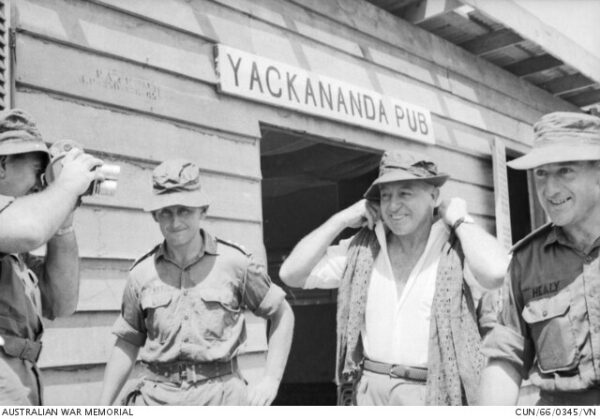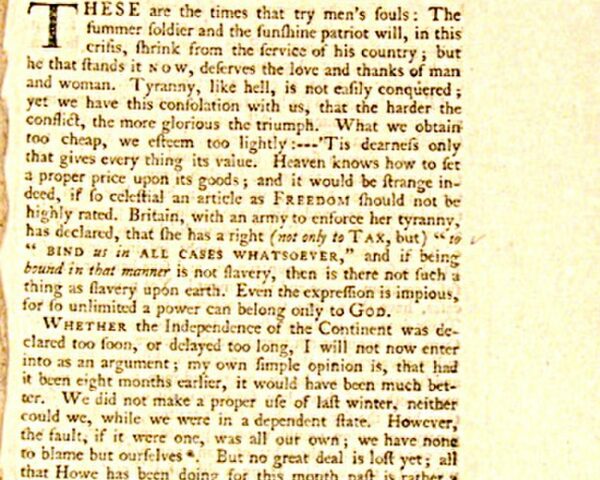On September 9, 1850, President Millard Fillmore staved off a potential civil war and stopped the spread of slavery in the United States by signing the Compromise of 1850. The compromise consisted of several legislative measures that were designed to balance the interests of both regions and maintain the delicate equilibrium between free and slave states.
Originally drafted by the Great Compromiser himself, Henry Clay, one of the key components of the Compromise of 1850 was the admission of California as a free state, which tilted the balance in favor of the North. In return, the South received concessions such as the passage of the Fugitive Slave Act, which required the return of escaped slaves to their owners, even in free states. This provision was deeply unpopular in the North and led to widespread resistance and the growth of the abolitionist movement.
The Compromise of 1850 also addressed the issue of slavery in the newly acquired territories of New Mexico and Utah. Instead of imposing a specific stance on slavery in these regions, it allowed the residents to decide through popular sovereignty whether they would permit slavery. This provision contributed to further sectional tensions and the eventual outbreak of violence in places like Kansas, where pro-slavery and anti-slavery settlers clashed.
Another critical element of the Compromise of 1850 was the banning of the slave trade in the District of Columbia, although slavery itself remained legal there. Additionally, Texas relinquished its territorial claims in exchange for financial compensation, which helped ease tensions between Texas and the federal government.
“Fillmore proved that effective presidents have the ability to rise above partisan rancor and forge an agreement between divided parties,” writes one historian of the era. “In August, after removing the threat of a veto from compromise bill, but with the aging Clay away from Washington while on the mend from an illness, Stephen A. Douglas began reworking the failed resolutions in an attempt to save the nation. Remembering that the Missouri Compromise had never been voted on as a single piece of legislation, the Illinois senator used parliamentary tricks and political tact to dissect the omnibus bill into digestible portions for Congress. The Senate voted separately on each aspect of the Kentuckian’s plan. By the first week of September each part of Clay’s compromise laid on the desk of President Fillmore where he happily signed them. It appeared that the Union had once again been saved from the destructive nature of the debate over slavery, stifling fire-eaters who hoped a congressional impasse might lead to a more radicalism in the South.
Nicknamed the Little Giant because of his short stature, but imposing political skill, Douglas managed to garner an affirmative vote on every aspect of Clay’s bill by cobbling together a small coalition of moderates who desired compromise with the sectional stalwarts. Only three northern senators supported the strengthening of the Fugitive Slave Law. However, unanimous northern votes carried the bill for the admission of California as a free state despite it receiving just six votes from southern senators. The House of Representatives acted in similar fashion. Clay’s agreement passed with a meager appetite for a bargain being found in the halls of the Capitol. Merely four senators and twenty-eight congressmen voted in favor of each resolution of the Compromise of 1850. The Wilmot Proviso drove a wedge into national politics that separated the United States into regional factions. Northerners believed they were in a fight against the Slave Power. The South saw a conspiracy initiated by an Abolitionist Power. Neither side was entirely wrong.
Members of the House and Senate celebrated the passage of the Compromise of 1850, believing they saved the Union. Lewis Cass declared, “I think the question is settled in the public mind.” The former Democratic nominee for president vowed never to give another oration on the topic. Stephen Douglas echoed Cass’s sentiments, promising to “never make another speech upon the slavery question in the Houses of Congress.” Journalists reporting from Capitol Hill encouraged Americans to celebrate the perpetuation of national unity.”
Despite its intentions to quell sectional strife, the Compromise of 1850 ultimately proved to be a temporary and fragile solution. It did little to address the underlying issues of slavery and only delayed the inevitable outbreak of the American Civil War. The compromise reflected the deep divisions within the nation and highlighted the difficulty of finding a peaceful resolution to the contentious issue of slavery that had plagued the United States for decades.






